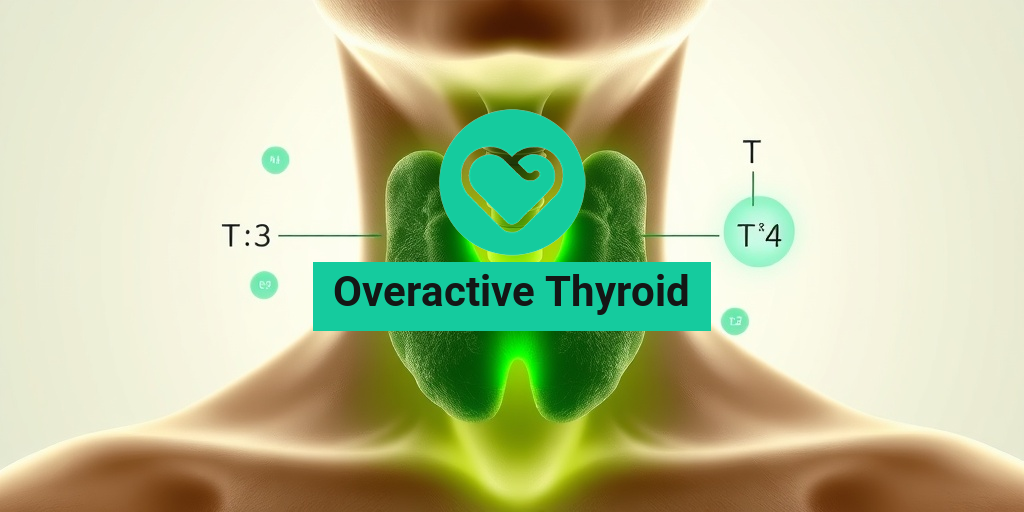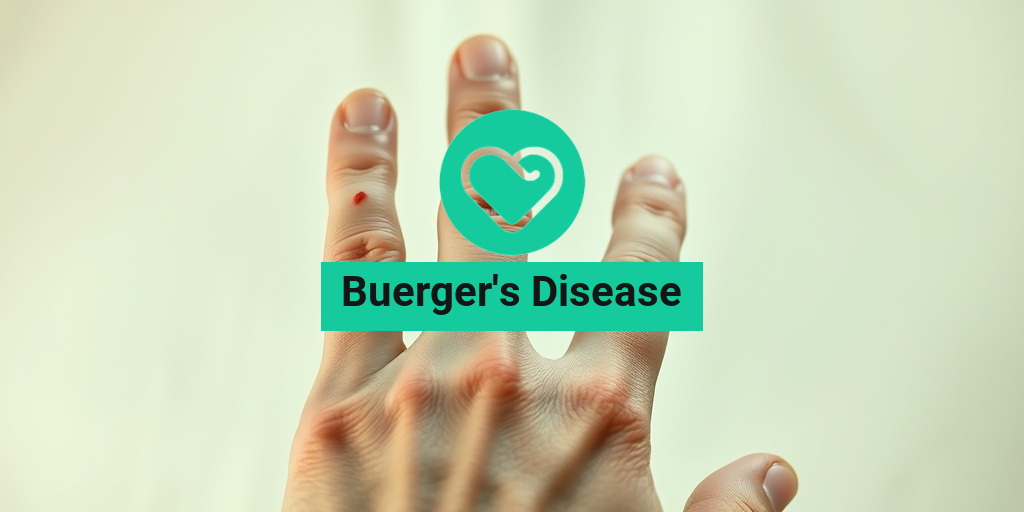What Is Whiplash?
Whiplash is a common neck injury that occurs when the head is suddenly jerked forward and then backward, often as a result of a car accident or other trauma. This rapid movement can cause strain on the neck muscles and ligaments, leading to pain and discomfort. The term “whiplash” is derived from the motion of a whip, where the end of the whip moves quickly while the handle remains stationary.
While whiplash is often associated with automobile accidents, it can also occur in other situations, such as sports injuries, falls, or physical abuse. Understanding the mechanics of whiplash is crucial for recognizing its symptoms and seeking appropriate treatment.
How Does Whiplash Happen?
During a whiplash injury, the neck undergoes a rapid flexion-extension motion. This can lead to damage in the soft tissues of the neck, including:
- Muscles: Strains and tears can occur in the neck muscles.
- Ligaments: Ligament sprains may result from overstretching.
- Discs: Intervertebral discs can be affected, leading to pain and discomfort.
In some cases, whiplash can also lead to more severe complications, such as nerve damage or chronic pain syndromes. Therefore, it’s essential to seek medical attention if you suspect you have sustained a whiplash injury.
Whiplash Symptoms
The symptoms of whiplash can vary significantly from person to person and may not appear immediately after the injury. Here are some common symptoms to watch for:
Common Symptoms of Whiplash
- Neck Pain: This is the most prevalent symptom, often described as a dull ache or sharp pain.
- Stiffness: Many individuals experience stiffness in the neck, making it difficult to turn the head.
- Headaches: Tension headaches or migraines can develop as a result of neck strain.
- Fatigue: General fatigue and a feeling of tiredness can accompany whiplash.
- Dizziness: Some people report feeling lightheaded or dizzy after the injury.
- Numbness or Tingling: This can occur in the arms or hands if nerves are affected.
When to Seek Medical Attention
If you experience any of the above symptoms following an incident that could cause whiplash, it’s important to consult a healthcare professional. Early diagnosis and treatment can help prevent long-term complications and improve recovery outcomes. Symptoms may take days or even weeks to manifest, so don’t dismiss any discomfort you may feel after an accident.
Long-Term Effects of Whiplash
In some cases, individuals may experience chronic pain or other long-term effects from whiplash. These can include:
- Chronic Neck Pain: Persistent pain that lasts for months or years.
- Reduced Range of Motion: Difficulty in moving the neck freely.
- Psychological Effects: Anxiety or depression can develop due to chronic pain.
For those dealing with the aftermath of a whiplash injury, resources like Yesil Health AI (yesilhealth.com) can provide valuable, evidence-based health answers to help you navigate your recovery journey.
In conclusion, understanding whiplash and its symptoms is crucial for anyone who has experienced a neck injury. If you suspect you have whiplash, don’t hesitate to seek medical advice. Early intervention can make a significant difference in your recovery and overall well-being. Remember, your health is paramount! 🌟

Whiplash Causes
Whiplash is a common neck injury that occurs when the head is suddenly jerked forward and then backward, causing strain on the neck muscles and ligaments. This type of injury is often associated with car accidents, but there are several other causes as well. Understanding the various causes of whiplash can help you recognize the symptoms and seek appropriate treatment.
1. Motor Vehicle Accidents
The most prevalent cause of whiplash is motor vehicle accidents, particularly rear-end collisions. When a vehicle is struck from behind, the sudden impact can cause the head to snap back and forth rapidly, leading to injury. According to studies, approximately 80% of whiplash cases are linked to car accidents. 🚗💥
2. Sports Injuries
Contact sports such as football, hockey, and rugby can also lead to whiplash injuries. Players may experience sudden impacts or falls that cause their heads to move violently, resulting in strain on the neck. Even non-contact sports like gymnastics or diving can lead to whiplash if a fall occurs. 🏈🤸♂️
3. Physical Assaults
In some unfortunate cases, whiplash can result from physical assaults, such as being punched or shaken violently. The rapid movement of the head can cause similar injuries as those seen in car accidents.
4. Falls
Falls, whether from a height or simply tripping, can also lead to whiplash. When a person falls and lands on their back or side, the head may whip backward or forward, causing strain on the neck. This is particularly common among older adults who may be more prone to falls. 🧓⚠️
5. Other Causes
While the above causes are the most common, whiplash can also occur due to:
- Work-related injuries: Jobs that require heavy lifting or repetitive neck movements can lead to chronic neck strain.
- Accidents during recreational activities: Activities like skiing or cycling can result in falls that cause whiplash.
- Medical conditions: Certain conditions, such as cervical spondylosis, can predispose individuals to whiplash injuries.
Whiplash Risk Factors
While anyone can suffer from whiplash, certain factors can increase the likelihood of experiencing this injury. Understanding these risk factors can help you take preventive measures and be more cautious in situations that may lead to whiplash.
1. Age
Age plays a significant role in the risk of whiplash. Studies have shown that younger individuals, particularly those aged 18 to 34, are more likely to experience whiplash injuries. However, older adults may also be at risk due to decreased neck strength and flexibility. 🧑🦳
2. Gender
Research indicates that women are more likely to suffer from whiplash than men. This may be due to anatomical differences, such as neck strength and muscle mass, which can affect how the body absorbs impact during an accident.
3. Previous Injuries
If you have a history of neck injuries or chronic neck pain, you may be at a higher risk for developing whiplash. Previous injuries can weaken the neck muscles and make them more susceptible to strain during sudden movements.
4. Driving Habits
Your driving habits can also influence your risk of whiplash. For instance, frequent driving in high-traffic areas or engaging in aggressive driving behaviors can increase the likelihood of being involved in an accident. 🚦
5. Vehicle Type
The type of vehicle you drive can impact your risk of whiplash. Smaller cars tend to offer less protection during collisions compared to larger vehicles like SUVs or trucks. Additionally, the design of the car’s headrest can play a role in preventing whiplash injuries.
6. Lifestyle Factors
Certain lifestyle choices can also contribute to the risk of whiplash. For example, individuals who engage in high-risk sports or activities without proper safety gear may be more prone to neck injuries. Additionally, poor posture and lack of neck strength can increase vulnerability to whiplash. 🏋️♂️
By being aware of these causes and risk factors, you can take proactive steps to protect yourself from whiplash injuries. Whether it’s practicing safe driving habits, maintaining good posture, or engaging in strength training for your neck, awareness is key to prevention.

Whiplash Diagnosis
Whiplash is a common neck injury that often occurs during car accidents, sports injuries, or any situation where the head is suddenly jolted forward and then backward. Understanding how whiplash is diagnosed is crucial for effective treatment and recovery. Let’s explore the key aspects of whiplash diagnosis.
Recognizing Symptoms
The first step in diagnosing whiplash is recognizing its symptoms. Common signs include:
- Neck pain and stiffness: This is the most prevalent symptom, often worsening with movement.
- Headaches: These can range from mild to severe and may resemble tension headaches.
- Dizziness: Some individuals may experience lightheadedness or a spinning sensation.
- Fatigue: A general feeling of tiredness can accompany whiplash.
- Radiating pain: Pain may extend to the shoulders, arms, or upper back.
Medical Evaluation
If you suspect you have whiplash, it’s essential to seek medical attention. A healthcare professional will typically conduct a thorough evaluation, which may include:
- Physical examination: The doctor will assess your neck’s range of motion, tenderness, and any neurological symptoms.
- Medical history: Discussing your symptoms and the circumstances of the injury helps the doctor understand your condition better.
- Imaging tests: In some cases, X-rays, CT scans, or MRIs may be ordered to rule out fractures or other injuries.
Diagnostic Criteria
To confirm a diagnosis of whiplash, healthcare providers often refer to the Whiplash Associated Disorders (WAD) classification system. This system categorizes whiplash injuries based on the severity of symptoms and physical findings. Understanding these categories can help in determining the appropriate treatment plan.
Whiplash Treatment Options
Once diagnosed, the next step is to explore treatment options for whiplash. The goal of treatment is to relieve pain, restore mobility, and promote healing. Here are some common treatment approaches:
Conservative Treatments
Most cases of whiplash can be effectively managed with conservative treatments, including:
- Rest: Allowing your neck to heal is crucial. Avoid activities that exacerbate pain.
- Ice and heat therapy: Applying ice packs can reduce swelling, while heat can help relax tense muscles.
- Over-the-counter pain relievers: Nonsteroidal anti-inflammatory drugs (NSAIDs) like ibuprofen or naproxen can help alleviate pain and inflammation.
- Physical therapy: A physical therapist can guide you through exercises to improve flexibility and strength in your neck.
Medications
In some cases, stronger medications may be necessary. These can include:
- Prescription pain relievers: If over-the-counter options are insufficient, your doctor may prescribe stronger pain medications.
- Muscle relaxants: These can help relieve muscle spasms associated with whiplash.
- Antidepressants: In some cases, low doses of antidepressants may be prescribed to help manage chronic pain.
Alternative Therapies
Many individuals find relief through alternative therapies, which can complement traditional treatments:
- Chiropractic care: Chiropractors can perform spinal manipulations to help alleviate pain and improve mobility.
- Acupuncture: This ancient practice may help reduce pain and promote healing by stimulating specific points in the body.
- Massage therapy: Therapeutic massage can help relieve muscle tension and improve circulation in the affected area.
When to Consider Surgery
In rare cases, if conservative treatments fail to provide relief and symptoms persist, surgical options may be considered. This is typically reserved for severe cases where there is significant structural damage or nerve compression.
Overall, the treatment for whiplash is highly individualized, and it’s essential to work closely with your healthcare provider to determine the best approach for your specific situation. Remember, early intervention can lead to better outcomes and a quicker return to your daily activities! 🌟

Whiplash Recovery Tips
Experiencing a whiplash injury can be both painful and frustrating. This common neck injury often occurs during car accidents, sports, or any sudden movement that causes the head to jerk forward and backward. If you’re on the road to recovery, here are some effective tips to help you heal faster and regain your strength.
1. Rest and Relaxation
One of the most important aspects of recovery is allowing your body to rest. Avoid strenuous activities that could aggravate your injury. Instead, focus on gentle movements and relaxation techniques. Consider practices like yoga or meditation to help manage pain and reduce stress.
2. Ice and Heat Therapy
Applying ice to the affected area can help reduce swelling and numb the pain. Use an ice pack for 15-20 minutes several times a day during the first few days after the injury. After the initial swelling has gone down, switch to heat therapy. A warm compress or heating pad can help relax tight muscles and improve blood flow.
3. Physical Therapy
Consulting a physical therapist can be incredibly beneficial. They can design a personalized rehabilitation program that includes:
- Stretching exercises to improve flexibility
- Strengthening exercises to support the neck
- Manual therapy techniques to alleviate pain
Regular sessions can significantly speed up your recovery process.
4. Pain Management
Over-the-counter pain relievers such as ibuprofen or acetaminophen can help manage discomfort. Always consult with a healthcare professional before starting any medication to ensure it’s appropriate for your situation.
5. Maintain Good Posture
Proper posture is crucial during recovery. Whether sitting at a desk or standing, ensure your neck is aligned with your spine. Use ergonomic chairs and take frequent breaks to avoid straining your neck further.
6. Stay Hydrated and Nourished
Your body needs proper nutrition to heal. Focus on a balanced diet rich in:
- Fruits and vegetables for vitamins and minerals
- Lean proteins for muscle repair
- Whole grains for energy
Don’t forget to drink plenty of water to stay hydrated! 💧
7. Gradual Return to Activities
As you start to feel better, gradually reintroduce activities into your routine. Listen to your body and avoid pushing yourself too hard. If you experience pain, take a step back and allow more time for recovery.
Whiplash Prevention Strategies
Preventing a whiplash injury is always better than dealing with the aftermath. Here are some effective strategies to help you avoid this painful condition in the first place.
1. Use Proper Seatbelts
Always wear your seatbelt while driving or riding in a vehicle. Ensure that the seatbelt fits snugly across your lap and chest. Additionally, adjust your headrest to support the back of your head, which can help minimize the risk of whiplash during a collision.
2. Drive Safely
Defensive driving is key to preventing accidents. Stay aware of your surroundings, obey speed limits, and maintain a safe distance from other vehicles. Avoid distractions, such as using your phone while driving, to reduce the likelihood of sudden stops or collisions.
3. Strengthen Neck Muscles
Incorporating neck-strengthening exercises into your fitness routine can help build resilience against injuries. Simple exercises like neck rotations, chin tucks, and shoulder shrugs can enhance muscle strength and flexibility.
4. Be Cautious in Sports
If you participate in contact sports, always wear appropriate protective gear. Helmets, neck braces, and padding can significantly reduce the risk of injury. Additionally, ensure that you are trained in proper techniques to minimize the chance of sudden impacts.
5. Avoid Sudden Movements
Be mindful of sudden movements that can strain your neck. Whether you’re lifting heavy objects or turning quickly, always move with caution. If you’re unsure about your movements, consider consulting a physical therapist for guidance.
6. Educate Yourself
Understanding the mechanics of whiplash and its causes can empower you to take preventive measures. Stay informed about safe driving practices, sports safety, and ergonomics in your daily activities.
By implementing these whiplash prevention strategies, you can significantly reduce your risk of injury and maintain a healthy, active lifestyle. Remember, awareness and preparation are your best defenses! 🚗💪

Frequently Asked Questions about Whiplash
What is Whiplash?
Whiplash is a neck injury that occurs when the head is suddenly jerked forward and then backward, often due to a car accident or other trauma. This rapid movement can strain the neck muscles and ligaments, leading to pain and discomfort.
What are the symptoms of Whiplash?
Common symptoms of whiplash include:
- Neck pain and stiffness
- Headaches
- Dizziness
- Fatigue
- Shoulder pain
- Tingling or numbness in the arms
How is Whiplash diagnosed?
Diagnosis typically involves a physical examination and a review of your medical history. Doctors may also use imaging tests, such as X-rays or MRIs, to rule out other injuries.
What treatments are available for Whiplash?
Treatment options for whiplash may include:
- Rest and ice application
- Physical therapy
- Pain relief medications
- Massage therapy
- In some cases, corticosteroid injections
How long does it take to recover from Whiplash?
Recovery time can vary significantly depending on the severity of the injury. Many individuals start to feel better within a few weeks, while others may experience symptoms for several months or longer.
Can Whiplash lead to long-term issues?
While most people recover fully from whiplash, some may experience chronic pain or other long-term complications. It’s essential to follow your healthcare provider’s recommendations for treatment and rehabilitation.
Is there a way to prevent Whiplash?
To reduce the risk of whiplash, consider the following preventive measures:
- Always wear a seatbelt while driving
- Adjust your car headrest to support your head
- Practice safe driving habits to avoid accidents
When should I see a doctor for Whiplash?
If you experience severe pain, numbness, or weakness after an injury, it’s crucial to seek medical attention promptly. Early intervention can help prevent complications and promote better recovery.
Can Whiplash be treated at home?
For mild cases of whiplash, home treatments such as rest, ice, and over-the-counter pain relievers may be effective. However, it’s always best to consult with a healthcare professional for personalized advice.
What is the meaning of Whiplash in popular culture?
The term whiplash has also been popularized through various media, including the acclaimed film Whiplash (2014), which explores the intense relationship between a music student and his demanding instructor.




